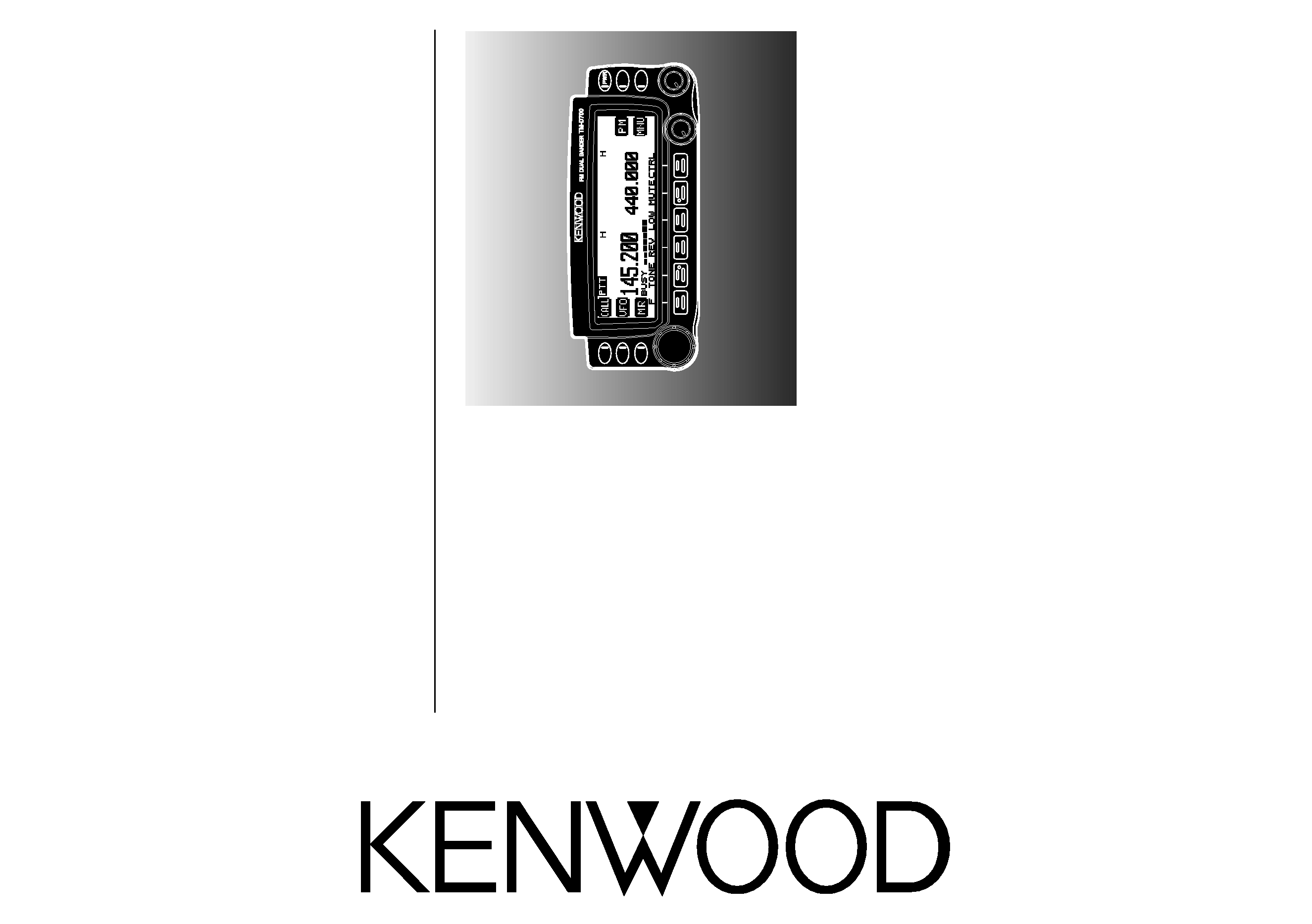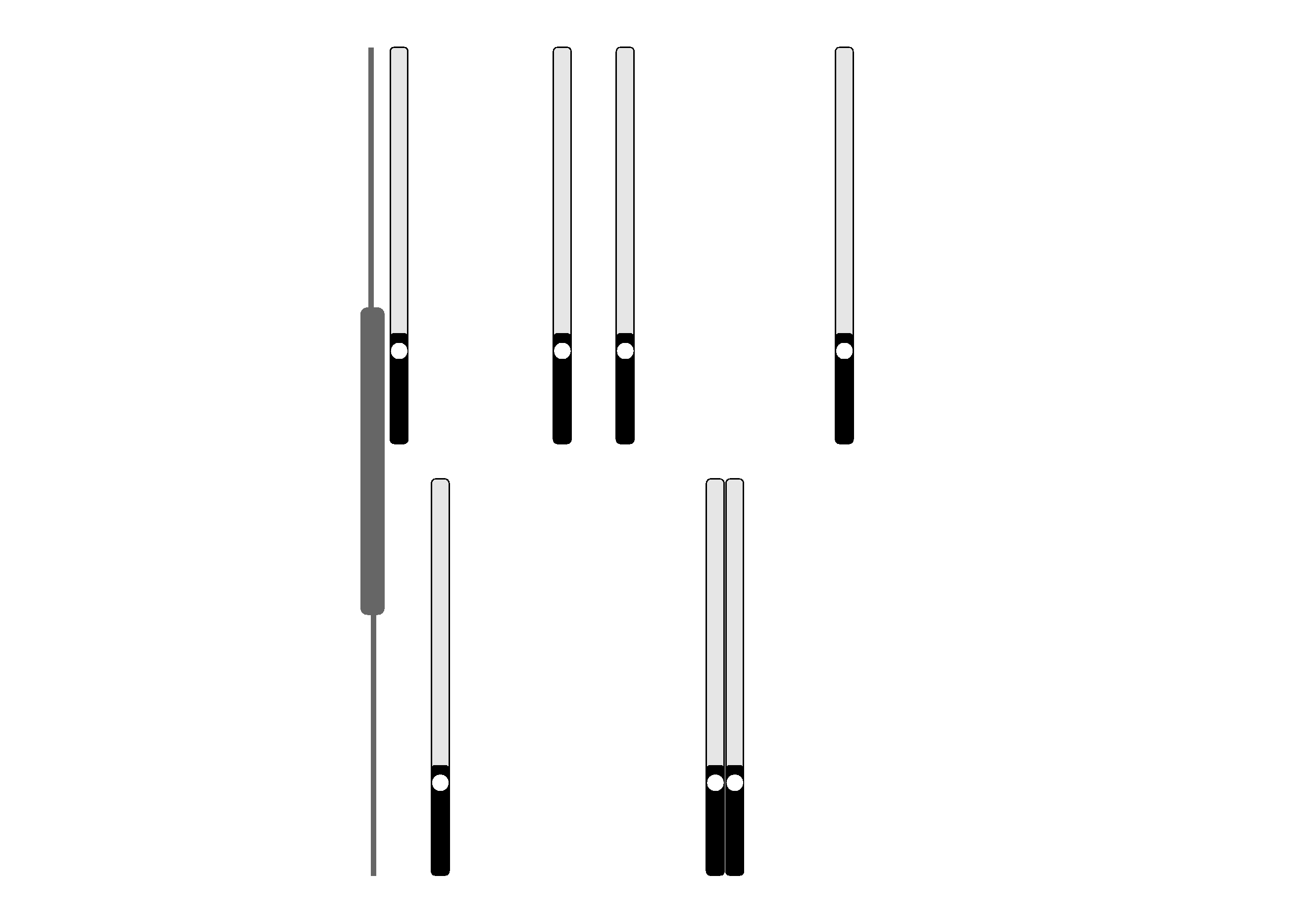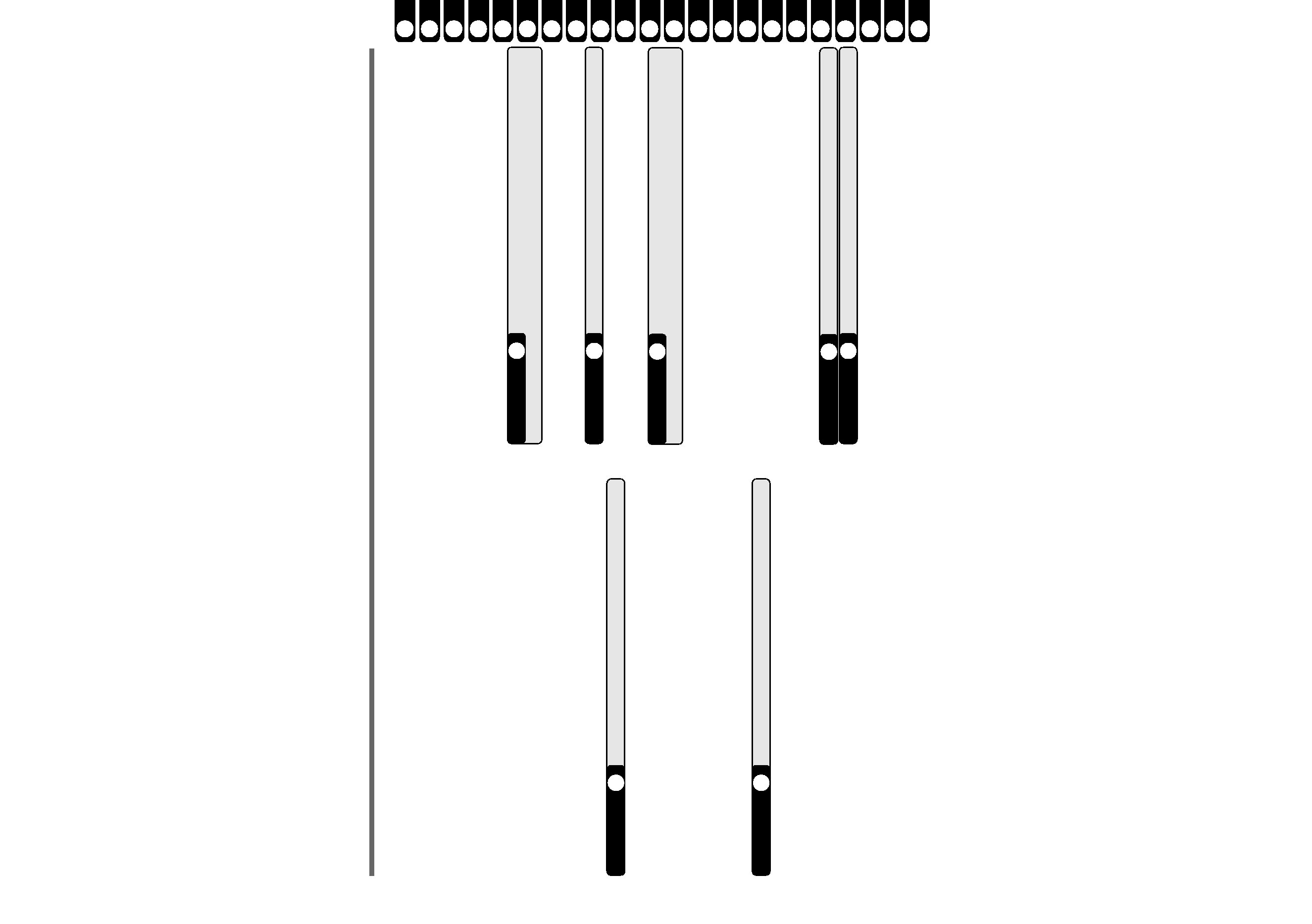
i
PRECAUTIONS
Please observe the following precautions to prevent
fire, personal injury, and transceiver damage:
·
When operating mobile, do not attempt to configure
your transceiver while driving because it is simply
too dangerous.
·
Be aware of local laws pertaining to the use of
headphones/headsets while driving on public
roads. If in doubt, do not wear headphones while
mobiling.
·
Do not transmit with high output power for
extended periods. The transceiver may overheat.
·
Do not modify this transceiver unless instructed by
this manual or by KENWOOD documentation.
·
Do not expose the transceiver to long periods of
direct sunlight nor place the transceiver close to
heating appliances.
·
Do not place the transceiver in excessively dusty
areas, humid areas, wet areas, nor on unstable
surfaces.
·
If an abnormal odor or smoke is detected coming
from the transceiver, turn OFF the power
immediately. Contact a KENWOOD service station
or your dealer.
·
The transceiver is designed for a 13.8 V power
source. Never use a 24 V battery to power the
transceiver.
NOTICES TO THE USER
One or more of the following statements may be
applicable:
FCC WARNING
This equipment generates or uses radio frequency energy. Changes or
modifications to this equipment may cause harmful interference unless
the modifications are expressly approved in the instruction manual. The
user could lose the authority to operate this equipment if an unauthorized
change or modification is made.
INFORMATION TO THE DIGITAL DEVICE USER REQUIRED BY
THE FCC
This equipment has been tested and found to comply with the limits for a
Class B digital device, pursuant to Part 15 of the FCC Rules. These
limits are designed to provide reasonable protection against harmful
interference in a residential installation.
This equipment generates, uses and can generate radio frequency
energy and, if not installed and used in accordance with the instructions,
may cause harmful interference to radio communications. However,
there is no guarantee that the interference will not occur in a particular
installation. If this equipment does cause harmful interference to radio or
television reception, which can be determined by turning the equipment
off and on, the user is encouraged to try to correct the interference by
one or more of the following measures:
·
Reorient or relocate the receiving antenna.
·
Increase the separation between the equipment and receiver.
·
Connect the equipment to an outlet on a circuit different from that to
which the receiver is connected.
·
Consult the dealer for technical assistance.
When condensation occurs inside the transceiver:
Condensation may occur inside the transceiver in such a case where the
room is warmed using a heater on cold days or where the transceiver is
quickly moved from a cold room to a warm room. When condensation
occurs, the microcomputer and/or the transmit/receive circuits may
become unstable, resulting in transceiver malfunction. If this happens,
turn OFF the transceiver and just wait for a while. When the condensed
droplets disappear, the transceiver will function normally.












